- News
- Reviews
- Bikes
- Accessories
- Accessories - misc
- Computer mounts
- Bags
- Bar ends
- Bike bags & cases
- Bottle cages
- Bottles
- Cameras
- Car racks
- Child seats
- Computers
- Glasses
- GPS units
- Helmets
- Lights - front
- Lights - rear
- Lights - sets
- Locks
- Mirrors
- Mudguards
- Racks
- Pumps & CO2 inflators
- Puncture kits
- Reflectives
- Smart watches
- Stands and racks
- Trailers
- Clothing
- Components
- Bar tape & grips
- Bottom brackets
- Brake & gear cables
- Brake & STI levers
- Brake pads & spares
- Brakes
- Cassettes & freewheels
- Chains
- Chainsets & chainrings
- Derailleurs - front
- Derailleurs - rear
- Forks
- Gear levers & shifters
- Groupsets
- Handlebars & extensions
- Headsets
- Hubs
- Inner tubes
- Pedals
- Quick releases & skewers
- Saddles
- Seatposts
- Stems
- Wheels
- Tyres
- Health, fitness and nutrition
- Tools and workshop
- Miscellaneous
- Cross country mountain bikes
- Tubeless valves
- Buyers Guides
- Features
- Forum
- Recommends
- Podcast
feature
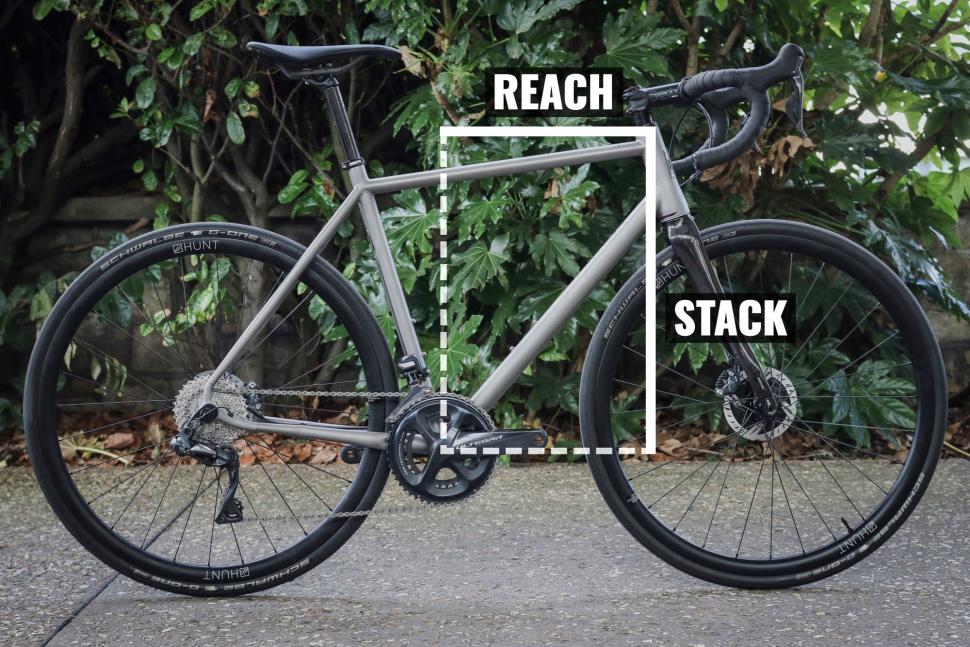 Stack and reach - 1
Stack and reach - 1Bike geometry 101: Find out why stack & reach are important
Stack and reach are terms that get bandied around all the time in the bike world, but what exactly do they mean and why are they useful to know?
Back in ye olde dayes comparing bike geometries was a matter of looking at tube lengths and angles and doing a bit of arithmetic, but then stack and reach came along – initially pushed by Canadian bike brand Cervélo and soon taken up by everyone else – and made things a whole lot easier.
Here's what we're talking about...
Stack The vertical distance from the centre of the bottom bracket to the central point at the top of the head tube.
Reach The horizontal distance from the centre of the bottom bracket to the central point at the top of the head tube.
So stack and reach, expressed in either millimetres or centimetres, are measurements between the same two points, one being the vertical component and the other being the horizontal component. Simple enough, right?
Stack and reach don't tell you everything you need to know about a bike's geometry but they're a useful start. These figures allow you to assess quickly whether a bike is likely to offer the ride position you're after before you dig deeper (we're not covering how to determine the best stack and reach figures for you here; we'd suggest you get a professional bike fit for that).
Why are stack and reach important?
You know how shoes and jeans vary in size between manufacturers? It's the same with bikes. A 56cm bike from one brand might fit you perfectly while a 56cm bike from another might feel way too small.
A frame size used to refer to the length of the seat tube (and it still does in some cases) but it gives you no more information on the ride position you're likely to get. Then sloping top tubes came in and complicated matters further by shortening seat tubes, and there's the massive variation in top tube and head tube lengths between different models to consider... A 54cm Cannondale SystemSix race bike has a very different fit from a 54cm Cannondale Synapse endurance bike, for example.
For all these reasons, it's impossible to look at any particular frame tube length and get a good idea of fit.
Comparing stack and reach makes things easier by giving you a straightforward method of comparing different bikes.
Of course, a lot of other factors influence your riding position: seatpost extension and layback, the position of the saddle on its clamp, the size and number of headset spacers you use, the length and angle of the stem, handlebar width, reach and drop... All of these can all be altered by either adjusting an existing component or swapping to a new one.
A frame's stack and reach, though, can't be changed (although, admittedly, Argon 18 uses what it calls a 3D System on some of its bikes to allow you to adjust the height of the head tube) and they're very important in determining your ride position. These figures refer to the frame only, leaving components out of the equation.
For a given reach, a greater stack puts you into a more upright riding position; your hands will be moved upwards and your body position will rise more towards the vertical.
If the stack remains the same and the reach is increased you'll get a longer ride position; your hands will move forwards and you'll be more stretched out.
You can fine-tune your ride position by adding or removing headset spacers, swapping your stem, and so on, but only by so much, which is why stack and reach are so important to a bike's character.
Say that it's time for a new bike. If you're happy with the ride position of your current bike, comparing stack and reach allows you to determine whether you're likely to be able to get a similar position on any new model.
On the other hand, if you find your current position a little too aggressive – you feel that your body position is too low and/or too stretched – you might want to consider a model with a shorter reach and/or a higher stack.
Let's look at a couple of examples. Take Specialized's Tarmac road race bike, for instance. The 56cm model has a stack of 565mm and a reach of 395mm.
Those figures might not mean much to you in isolation but they allow you to compare the Tarmac with other bikes.
The 56cm version of Specialized's Roubaix, which is an endurance road bike designed with a focus on comfort, has a stack height of 605mm and a reach of 384mm.
In other words, the top of the head tube is considerably higher and a little closer to the saddle on the Roubaix than on the Tarmac. All other things being equal, your ride position is going to be much more upright on the Roubaix. That's good news if you want to put less strain on your back and neck for long-ride comfort, but bad news if you want to keep drag to an absolute minimum. Horses for courses.
Over at Trek the 56cm Madone has a 563mm stack and 391mm reach while the equivalent Domane has figures of 591mm and 377mm respectively.
It's easy to see that the Madone is the more aggressive of the two in that it's longer and lower (and the seat angle is the same; see below why that can make a difference). Whether it's the better choice depends on your dimensions, flexibility, the riding you do and a whole bunch of other considerations.
Limitations of stack and reach
As mentioned, stack and reach don't give you everything you need to know about a bike's geometry; they don't tell the whole story by any means. Importantly in terms of fit, they don't take into account a bike's seat angle, for example. Two bikes might have exactly the same stack and reach figures but if one has a slacker seat angle the distance from the saddle to the handlebar will be slightly greater, all other things being equal.
Stack and reach don't take into account the headset system (external, integrated, etc) used; some add more height to the front end than others (and bring the front end slightly closer to the saddle in the process). You need to factor this in when comparing different bikes.
Plus, all of those equipment choices mentioned above (seatpost layback, stem length, headset spacers, handlebar type and so on) have a massive effect on a bike's fit and handling.
There are a million and one other aspects of bike geometry that stack and reach don't tell you about, but these figures are still a useful start point for comparing different bikes and deciding whether a particular model is right for you.
Stack+ and reach+
Some bike brands give additional information about handlebar position. Canyon, for example, has introduced what it calls stack+ and reach+ measurements which are not the same as stack and reach.
Here's the explanation from Daniel Heyder, one of the product engineers behind Canyon's Grail CF bike:
Stack+ describes the vertical distance between the bottom bracket and the contact point on the TOP of the handlebar tops .
Reach+ describes the horizontal distance from the bottom bracket to the CENTRE of the handlebar tops.
This system enables the comparison of each road bike, while taking all relevant measurements into account (spacer count supplied, cockpit angle, stem length etc).
For example, the Grail CF ships with 15mm (1x 5 mm, 1x 10mm) of headset spacers, whereas an Ultimate or Endurace ships with 27mm of spacers (2x 10mm, 1x 5mm and 1x 2mm) plus a 10mm headset top cover.
Mat has been in cycling media since 1996, on titles including BikeRadar, Total Bike, Total Mountain Bike, What Mountain Bike and Mountain Biking UK, and he has been editor of 220 Triathlon and Cycling Plus. Mat has been road.cc technical editor for over a decade, testing bikes, fettling the latest kit, and trying out the most up-to-the-minute clothing. He has won his category in Ironman UK 70.3 and finished on the podium in both marathons he has run. Mat is a Cambridge graduate who did a post-grad in magazine journalism, and he is a winner of the Cycling Media Award for Specialist Online Writer. Now over 50, he's riding road and gravel bikes most days for fun and fitness rather than training for competitions.
Latest Comments
- Simon E 10 min 31 sec ago
Speak for yourself....
- David9694 13 min 44 sec ago
Public path across Christchurch civic centre car park could stop sale, claims Friar’s Cliff Residents Association...
- David9694 1 hour 5 min ago
Morrisons supermarket car park cordoned off after car crash https://www.theargus.co.uk/news/25002751.morrisons-supermarket-car-park-...
- Matt Page 1 hour 23 min ago
It sounds like the shoes you have are the Boa L6, and they work well, although the Li2 is better, especially with dual-dial shoes. ...
- Oldfatgit 1 hour 28 min ago
I'm going to admit that I thought that [sic] was an indication of a spelling mistake .. and only after looking it up, I realise that I was *sort*...
- AidanR 2 hours 21 min ago
I wouldn't be so sure that he'll get away with this just because cops routinely shoot people and get off. The law is very different as effectively...
- Rendel Harris 3 hours 32 min ago
What he wrote is a direct word for word quote from the King James Bible, one of the very greatest achievements of written English in the history of...
- stonojnr 3 hours 38 min ago
From what I understood from lawyers, there's nothing preventing a charge of manslaughter being applied in addition to death by dangerous driving...
- Dnnnnnn 4 hours 25 min ago
Nocturnal implementation isn't ideal but I think your final sentence captures why it was probably necessary....

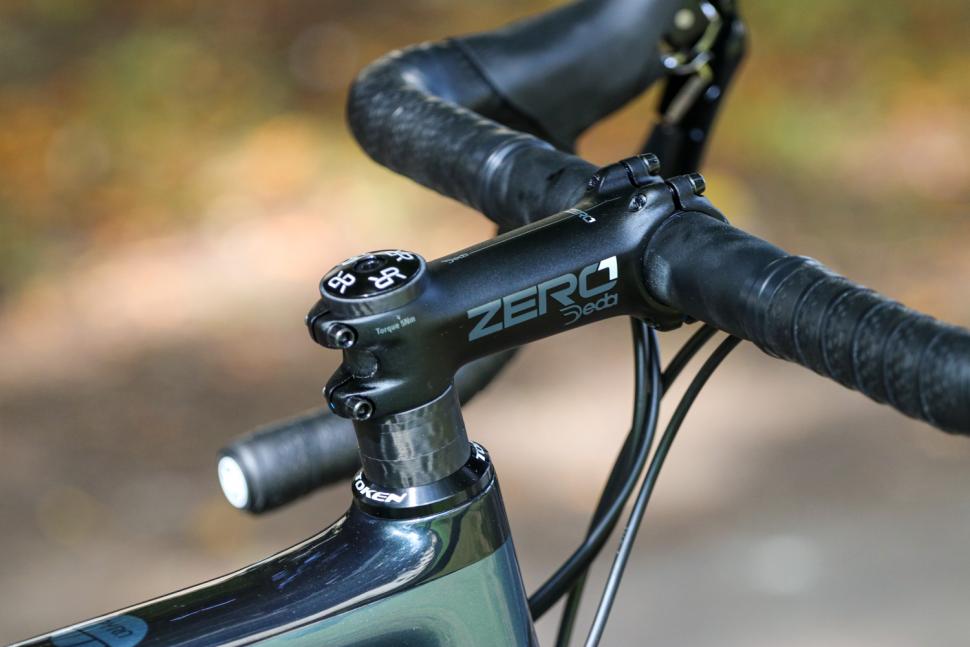
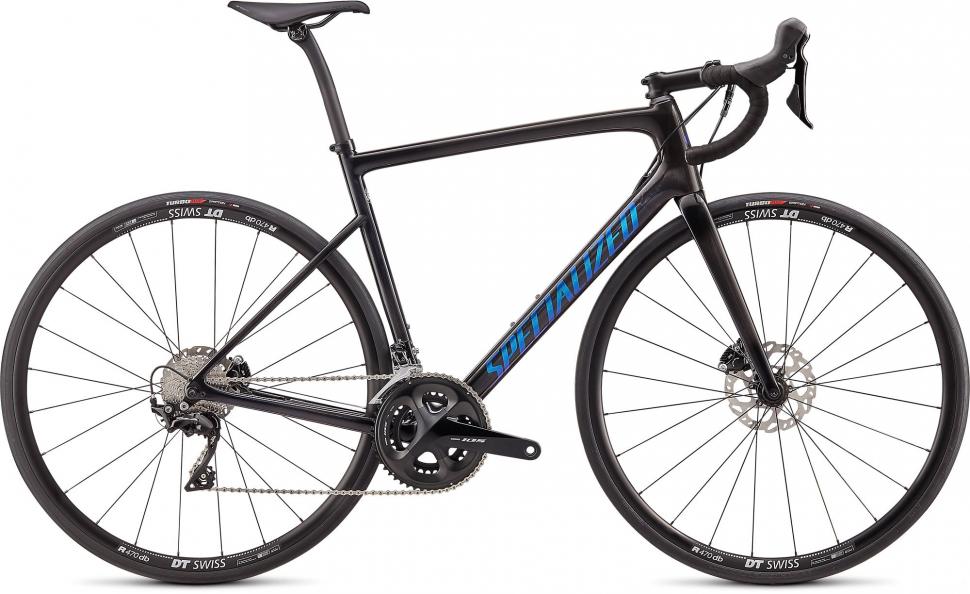
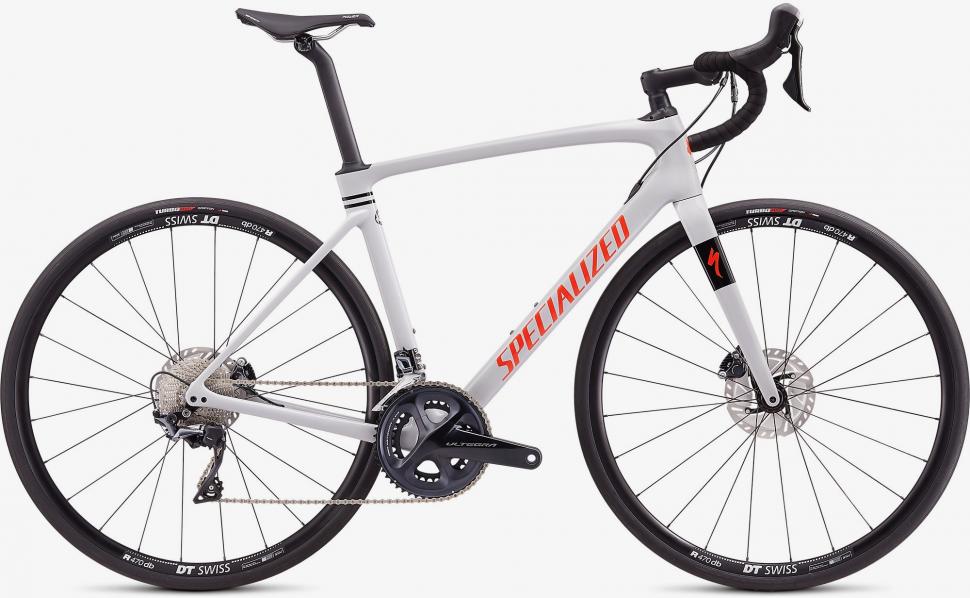

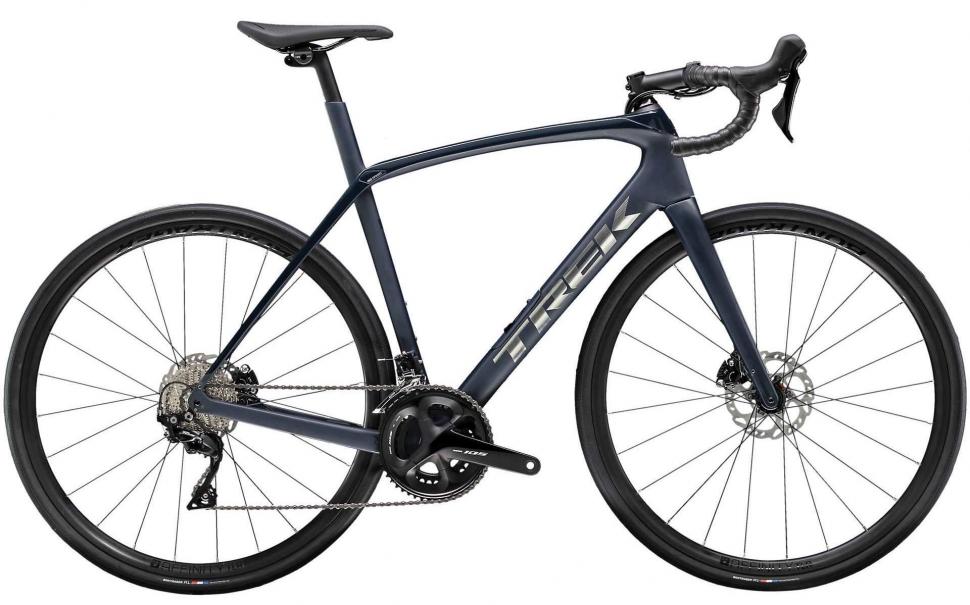

Add new comment
1 comments
I think the seat angle is almost as important as that pretty much defines the leg part of your fit. Saddle setback from BB axle center is important for power and comfort and it's not something that's easy to adjust these days. Why? Because most seatposts seem to either be 25mm setback or inline - there's very little choice beyond that. Factor in the current vogue for stubby saddles (with their naturally shorter usable rail length) and you're very fixed on what you can do about that particularly fit window.
The stack and reach part of the fit is pretty much dependent on how flexible you are (or, for MAMILs like me, how much your gut interfaces with your thighs in a tuck :D) whereas the knee/hip position relative to the pedal axle is what's going to affect your power delivery.